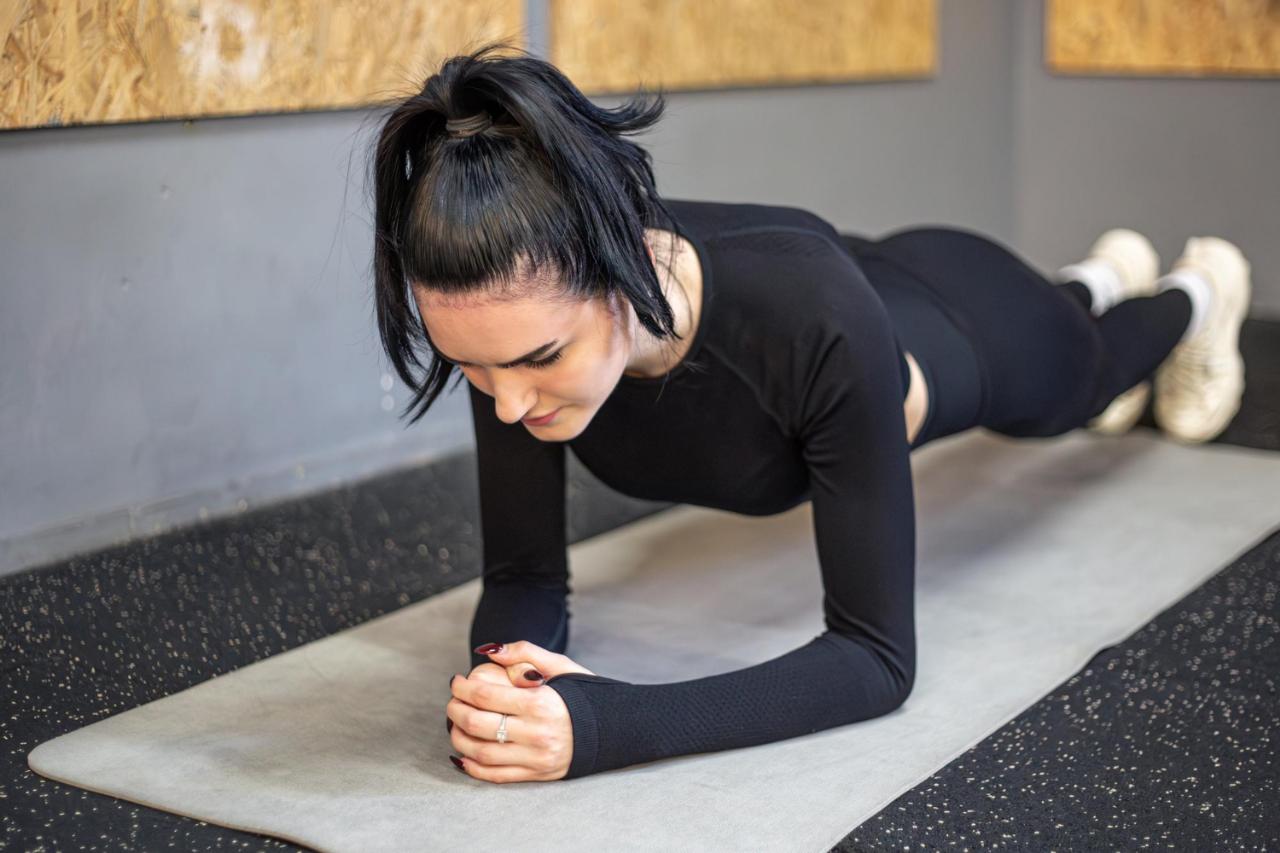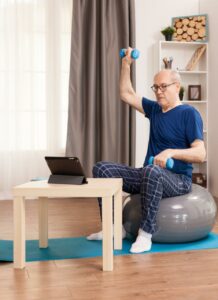
Physical activity remains one of the most powerful tools for maintaining health, yet millions of people struggle to establish consistent exercise habits. Research shows that lack of time and motivation are the most common barriers that inhibit exercise adherence, while other factors like lack of resources, fear of injury, and social influences also play significant roles.
Understanding these barriers is the first step toward overcoming them. This guide addresses the most common exercise excuses and provides evidence-based solutions that work for people with varying schedules, fitness levels, and circumstances.
The Real Cost of Exercise Avoidance
Before diving into solutions, it’s important to understand what’s at stake. Also, you don’t need to become a fitness enthusiast overnight. Small changes can yield significant health benefits.
Excuse #1: “I Don’t Have Time”
This tops every list of exercise barriers, with school obligations (68%) and time commitments (58%) being primary concerns among students, and similar patterns observed across all age groups.
The Reality Check
The minimum effective dose for health benefits is surprisingly modest. Get at least 150 minutes per week of moderate-intensity aerobic activity or 75 minutes per week of vigorous aerobic activity. That’s 21 minutes per day of moderate activity or just 11 minutes of vigorous exercise daily.
Simple Solutions
Break It Down: Physical activity doesn’t require hour-long gym sessions. Research supports accumulating activity throughout the day in blocks as short as 10 minutes. Try:
- Three 10-minute walks instead of one 30-minute session
- Take stairs instead of elevators
- Park farther away from destinations
- Walk or bike for errands within a mile
Micro-Workouts: Even 5-minute movement breaks can improve mood and energy levels. Even short bouts of activity can reduce stress and improve mood.
Activity Stacking: Attach exercise to existing habits. Watch TV while walking on a treadmill, do squats during commercial breaks, or take phone calls while walking.
Excuse #2: “I Can’t Afford a Gym or Equipment”
The belief that effective exercise requires expensive memberships or equipment creates a significant barrier for many people.
The Reality Check
Physical activity can be done almost anywhere and does not necessarily require equipment. Some of the most effective exercises use only body weight.
Budget-Friendly Solutions
Bodyweight Exercises: Push-ups, squats, lunges, planks, and burpees require zero equipment and can provide a complete workout. These exercises can be modified for any fitness level.
Household Items as Weights: Water bottles, soup cans, or filled backpacks can serve as resistance tools.
Free Resources: YouTube offers thousands of free workout videos. Many cities provide free outdoor fitness equipment in parks.
Walking: The ultimate free exercise. Walking at moderate intensity provides significant cardiovascular and metabolic benefits.

Excuse #3: “I’m Too Tired”
Fatigue often becomes a self-perpetuating cycle where lack of activity leads to decreased energy levels.
The Reality Check
Taking that first step, cycle, or pose is often the hardest part, but once you’re moving, your lack of motivation should fade. Exercise actually increases energy levels over time.
Energy-Boosting Solutions
Start Small: Begin with 5-10 minutes of light activity. Success builds momentum.
Time It Right: Exercise when your energy is naturally higher. For many people, this is morning or early evening.
Focus on Sleep: Poor sleep contributes to fatigue. Regular exercise improves sleep quality, creating a positive cycle.
Gentle Movement: On low-energy days, try gentle yoga, stretching, or a slow walk instead of skipping activity entirely.
Excuse #4: “I Don’t Know What to Do”
Lack of skill ranks among the top barriers to physical activity, particularly for beginners who feel overwhelmed by complex workout routines.
The Reality Check
Effective exercise doesn’t require advanced knowledge or perfect form from day one. The best workout is the one you’ll actually do consistently.
Beginner-Friendly Solutions
Start with Basics: Master fundamental movements like walking, squats, and push-ups (modified as needed) before progressing to complex routines.
Follow Simple Programs: Choose beginner programs with clear instructions. Many apps provide guided workouts with proper form demonstrations.
Seek Professional Guidance: One or two sessions with a trainer can provide a foundation of knowledge and confidence.
Join Group Classes: Structured classes provide instruction and social support simultaneously.
Excuse #5: “I’m Too Out of Shape”
Fear of judgment or injury often prevents people from starting an exercise program, creating a catch-22 situation.
The Reality Check
Everyone starts somewhere, and fear of injury is a common but often overblown concern when starting with appropriate activities.
Safe Starting Solutions
Begin Where You Are: Start with activities that feel manageable. If walking around the block feels challenging, that’s your starting point.
Progress Gradually: Muscle-strengthening activities should be done at least two days per week and can be started with very light weights or bodyweight modifications.
Choose Low-Impact Options: Swimming, walking, or chair exercises minimize injury risk while building fitness.
Listen to Your Body: Mild muscle soreness is normal; sharp pain is not. Adjust intensity accordingly.
Excuse #6: “I Don’t Have Motivation”
Lack of motivation frequently appears in research as a major exercise barrier, often tied to past negative experiences or unrealistic expectations.
The Reality Check
Motivation fluctuates naturally. Successful exercisers rely on systems and habits rather than waiting for motivation to strike.
Motivation-Independent Solutions
Temptation Bundling: Think of either something enjoyable you can do while you exercise or think of a reward that is contingent upon you exercising.
Social Support: Workout partner or group ranks high among factors that encourage exercise initiation.
Track Progress: Document improvements in strength, endurance, mood, or sleep quality rather than focusing solely on weight loss.
Set Process Goals: Focus on actions (exercise thrice this week) rather than outcomes (lose 5 kilos).
Excuse #7: “Exercise is Boring”
Monotonous routines lead to dropout, especially when people force themselves into activities they dislike.
The Reality Check
Physical activity encompasses countless options. Finding enjoyable activities dramatically improves adherence rates.
Engagement Solutions
Experiment with Variety: Try different activities weekly until you find something enjoyable. Options include dancing, hiking, martial arts, team sports, or rock climbing.
Make It Social: Exercise with friends, join clubs, or participate in group activities.
Gamify Movement: Use fitness apps that turn exercise into games, or set personal challenges.
Combine with Entertainment: Listen to podcasts, audiobooks, or music during cardio activities.
Special Considerations for Different Life Stages
For Busy Parents
Family Activities: Include children in physical activities like bike rides, playground visits, or dance parties.
Naptime Workouts: Short, high-intensity sessions during children’s nap times.
Playground Workouts: Exercise while children play using playground equipment for pull-ups, step-ups, or bodyweight exercises.

For Older Adults
Research shows that regular physical activity improves the functional status and quality of life of older adults and that benefits of physical activity can be enjoyed even if regular practice starts late in life.
Low-Impact Focus: Emphasize activities like walking, swimming, tai chi, or chair exercises.
Balance Training: Include exercises that improve stability and reduce fall risk.
Gradual Progression: Start very conservatively and progress slowly.
Related » How Regular Physical Activity Improves Sleep and Energy Levels in Seniors
For Desk Workers
Hourly Movement: Set reminders to stand and move for 2-3 minutes every hour.
Active Commuting: Walk or bike part of the commute, or park farther away.
Lunchtime Exercise: Use lunch breaks for quick walks or gym sessions.
Related » Yoga for busy bees: 5 simple asanas you can do on your desk
The Minimum Effective Dose Approach
For those feeling overwhelmed by exercise recommendations, focus on the minimum effective dose. 3–5 sets per muscle group per week (assuming sets are taken very close to failure) can maintain and even build strength.
Daily Minimums:
- 10 minutes of intentional movement
- Take stairs when available
- Park farther away
- Stand during phone calls
Creating Sustainable Habits
Success comes from building systems that make exercise inevitable rather than relying on willpower alone.
Habit Formation Strategies
Start Ridiculously Small: Commit to exercising for just five minutes daily. Success builds momentum. (Read: The Astounding Power of Small)
Use Environmental Design: Keep workout clothes visible, set up equipment in advance, or choose gyms on your commute route.
Stack Habits: Attach new exercise habits to established routines.
Track Consistency: Use a simple calendar to mark exercise days. Aim for progress, not perfection.
Overcoming Setbacks
Expect Interruptions: Life will interfere with exercise plans. Plan for it rather than letting it derail progress entirely.
Two-Day Rule: Never allow more than two consecutive non-exercise days unless dealing with illness or injury.
Restart Immediately: Don’t wait for Monday or next month. The next workout is always the most important one.
Also read » The Correct Way to Warm Up Before a Workout
Making It Work in Real Life
The most sophisticated exercise plan fails if it doesn’t fit your actual life circumstances. Successful people adapt their approach to their reality rather than waiting for perfect conditions.
Assess Your Resources: Honestly evaluate your time, energy, and financial constraints. Design a program that works within these limitations.
Prepare for Obstacles: Identify your most likely excuses and create specific plans to address them.
Start Today: Begin with whatever you can do right now, even if it’s just a 5-minute walk.
The goal isn’t to become a fitness model overnight. It’s to move your body regularly in ways that improve your health and wellbeing. Every step counts, every workout matters, and every day offers a new opportunity to invest in your health.
Summing up
Regular physical activity provides profound health benefits, and the minimum effective dose is more achievable than most people realize. Your future self will thank you for starting today, regardless of how small that start might be.
 Spot an error in this article? A typo maybe? Or an incorrect source? Let us know!
Spot an error in this article? A typo maybe? Or an incorrect source? Let us know!
